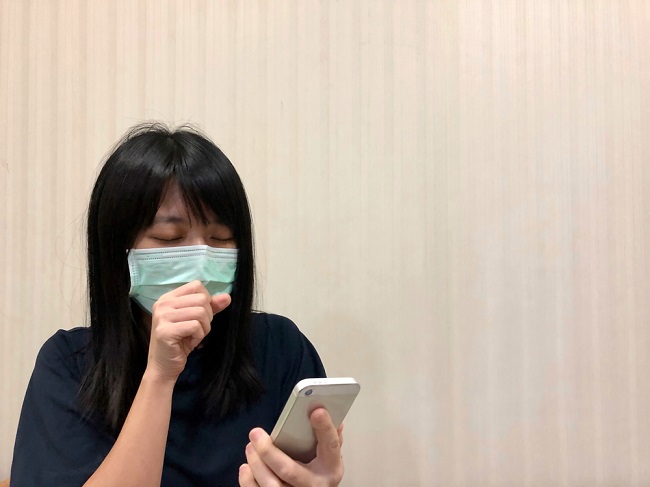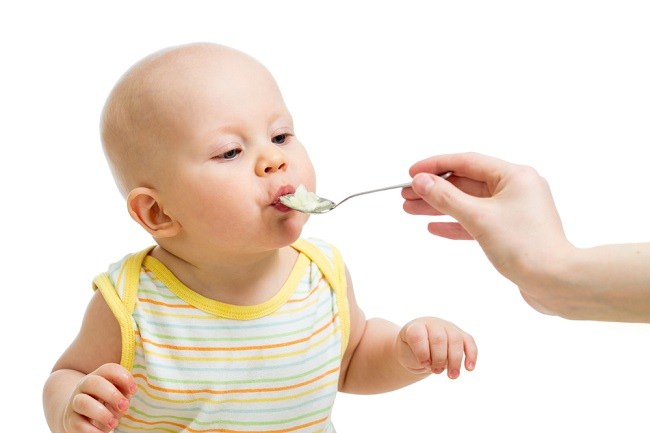Lead poisoning is a condition when a person experiences lead deposition in the body. Lead itself is metallic chemical elements which is very toxic to the body.Lead poison can damage functions of organs and systems of the human body, especially children.
Lead can enter the body if it is absorbed through the skin, ingested, or inhaled. There is no safe limit for lead levels in the body, even low lead levels can still cause health problems.

When it enters the body, lead will spread through the blood to various organs of the body, such as the brain, kidneys, and liver. After that, lead will settle in the teeth and bones for a long time.
Even in small amounts, continuous lead exposure will lead to lead accumulation in the body until the levels are sufficient to cause symptoms of poisoning. The process of accumulation of lead poison until it finally causes symptoms can take a matter of months to years.
Children under 6 years old are a group that is vulnerable to lead poisoning because they often put objects or fingers in their mouths. Even so, anyone can get lead poisoning.
Causes of Lead Poisoning
Generally, lead poisoning occurs as a result of exposure to small amounts of lead for a long time.
Lead is a chemical element that is naturally found in the earth. However, the element of lead can also be found in objects around humans, such as:
- Water pipe
- house paint
- Watercolors and art supplies
- Battery
- Gas
- Cosmetics
- Children's toy
- Canned food
- Land
- Dust on household appliances
- ceramic
The main potential for lead poisoning comes from consuming tap water connected to metal pipes or water tanks. The lead content in faucets, pipes, or tanks can cause water to become contaminated. If this water is consumed in the long term, lead will settle in the body and cause poisoning.
In addition, there are also several factors that can increase a person's risk of developing lead poisoning, namely:
- AgeInfants and young children are more susceptible to lead poisoning with more dangerous effects.
- hobbyA person who has a hobby of making jewelry or crafts using lead solder has a higher risk of exposure to lead.
- Residence
Now, the lead content in paint has been limited. However, in developing countries, such as Indonesia, some house paints still do not meet the safe limits for lead levels approved by WHO (world health organization).
- WorkA person who works in a battery or firearms factory, mines, or an oil and gas processing plant has a higher risk of lead poisoning.
Symptoms of Lead Poisoning
Symptoms of lead poisoning usually appear when lead levels in the body are very high. The following are some of the symptoms of lead poisoning that can be experienced by children:
- Easy to feel tired, pale, and lethargic due to anemia
- Delay in growth and development
- Difficulty concentrating and studying
- Behavior becomes more aggressive
- Loss of appetite and weight
- Having a pica eating disorder
- Abdominal pain and cramps
- Weakness in muscles and joints
- Headache
- Throw up
- Constipation
- Seizures
- Loss of hearing
- Complaining his mouth feels like metal
While for adults, the symptoms that can be experienced due to lead poisoning are:
- Hypertension
- Muscle and joint pain
- Hard to sleep
- Headache
- Numbness or tingling in the feet and hands
- Difficulty concentrating or remembering things
- Headache
- Stomach pain
- Mood (mood) uncontrollable
- Difficulty having children
In pregnant women, lead exposure can increase the risk of stillbirth, premature birth, or low birth weight. In addition, lead exposure to the fetus can cause miscarriage, as well as damage to the brain, kidneys, and nervous system of the developing fetus.
When to go to the doctor
Do an examination and consult a doctor if you or your child experience the symptoms of lead poisoning as mentioned above, especially if acute symptoms occur, such as severe abdominal pain accompanied by cramps, vomiting, seizures, and decreased consciousness to coma.
Also see a doctor immediately if you or your child are accidentally exposed to large amounts of lead, such as ingesting batteries, watercolor or house paint, even if you do not develop any symptoms at the time of the incident or some time after.
Lead Poisoning Diagnosis
To diagnose lead poisoning, the doctor will first ask questions regarding the symptoms and complaints experienced. The doctor will then also perform a complete physical examination.
To confirm the diagnosis, blood tests can be the first choice to detect lead levels in the body. Lead levels in the blood that must be watched out for and monitored, both for children and adults are 5-10 g/dL. If it exceeds 45 g/dL, treatment should be started immediately.
If needed, other supporting tests can be done, such as checking iron levels in the blood, X-rays, and bone marrow biopsies.
Lead Poisoning Treatment
For patients who have low levels of lead poisoning, treatment can be done by avoiding lead exposure, such as avoiding environments that are at high risk of lead contamination and disposing of items that are a source of contamination. This action is sufficient to reduce the level of lead in the blood.
For patients suffering from lead poisoning with high levels, doctors will provide therapy in the form of:
- Activated carbonConsuming activated carbon can bind lead in the digestive tract to be excreted along with urine.
- Chelation therapy with EDTAThis treatment is done to bind lead in the blood by giving drugs calcium disodium ethylenediaminetetraacetic acid (EDTA). This drug is given as an injection into a vein.
Not all effects of lead poisoning can be treated, especially if they have chronic effects.
Lead Poisoning Complications
If left untreated, lead poisoning with even low blood lead levels can cause permanent intellectual impairment and impaired brain development in children.
Meanwhile, people with high levels of lead poisoning that are left untreated can experience more serious complications, such as:
- Nervous system disorders
- Seizures
- Kidney damage
- Loss of consciousness
- Death
Lead Poisoning Prevention
There are several steps that can be taken to prevent lead poisoning, namely:
- Keep your hands cleanTo reduce the risk of getting lead-contaminated dust or dirt into your mouth, always wash your hands after going outside, before eating, and before going to bed.
- Take off your shoes before entering the houseThis is done to reduce the risk of soil containing lead entering the house.
- Clean dust and dirt in the house regularlyClean the inside of the house, including the bathroom, regularly by sweeping, mopping, and wiping the furniture with a damp cloth.
- Clean children's toys regularlyThis action should be done, especially when the toy is often taken out of the house. If possible, prevent children from playing on the ground by providing a litter box or planting grass on the ground around the house.
- Eat nutritious foodIntake of nutritious foods, such as calcium, vitamin C, and iron can suppress the absorption of lead in the body, especially for children.
- Paint the house with unleaded paintThis is done to reduce the risk of long-term lead deposition in the body.
- Be careful when using tap waterIf you are using plumbing that contains lead, make sure you let the water run for 1 minute before using it. Avoid using hot water from the faucet to clean baby items or cook. Use a water filter if necessary.
In addition, factory workers are advised to always work according to safety procedures, for example by using personal protective equipment to prevent lead exposure.









